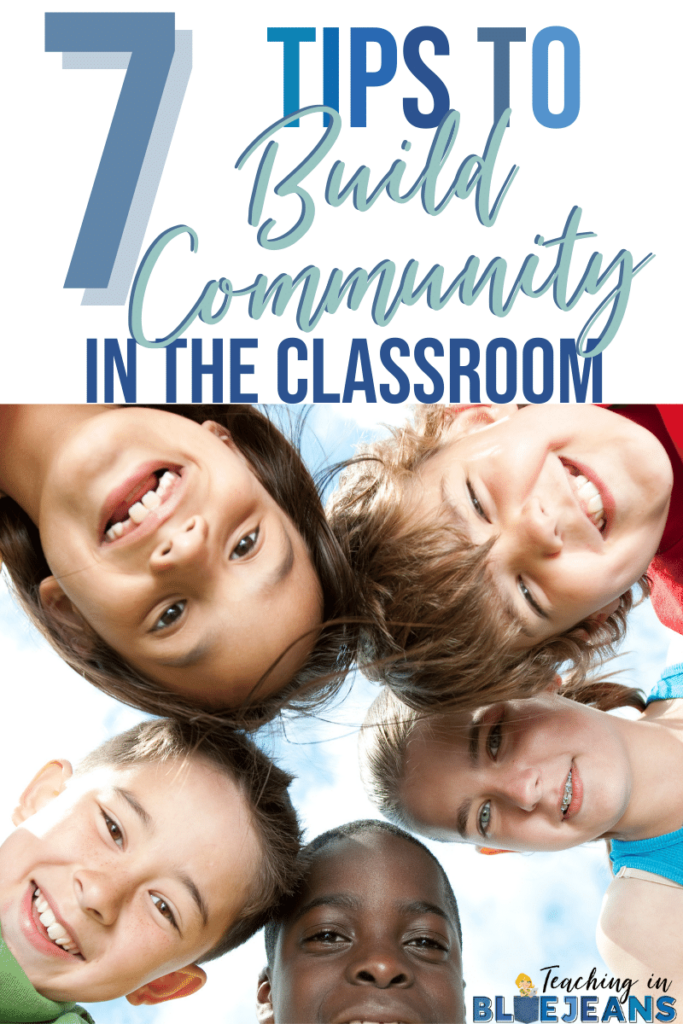
Its always such a bittersweet feeling at the end of a school year to send my class off to the next teacher. We grow and learn so much together throughout the year. We always end up forming such a special bond, and I can’t help but feel a little sad that they won’t be with my everyday anymore. I am always excited for them to continue their journey though and I love to continue watching them grow as my little people turn into young adults. This sense of community isn’t formed overnight. I do lots of intentional activities to help my class form a special bond. Here are 10 tips for building community in the classroom.
Why are Classroom Communities Important?
Isn’t it nice to feel like you are part of a group? As humans we want to feel a sense of belonging. Classroom communities do just that. Students come together to work towards a particular goal – learning! Classroom communities help to build self-esteem. Students realize that they can help with their classmates successes and also benefit from the rewards. Students will build positive relationships with each other and feel included. This helps with social skills, working in a group, and learning about responsibility. Now let’s get busy with some tips for building a classroom community.
Tips for Building a Classroom Community
#1 Get to Know You Activities
Get to know you activities are perfect for the beginning of the school year. I always enjoy completing them with my students. They are a great way for all of us to get to know each other while having a little bit of fun. There are tons of get to know you activities that you can choose from. One of my favorites is my the My New Friends Class Book.
With this activity students will interview another student and then write about it. As a teacher who has taught a wide range of grade levels, I created writing pages at all different levels. There’s even an option for pre-writers that only includes drawing a picture.
This student interview time is a great time for students to have some one-on-one time with a classmate. They get to know a little about them and find things they have in common. That’s where the community connections start!
After the interviews and writing are done it is time to create a class book of new friends. This can be done in different ways. Have each student interview one person and compile all of them into one class book. You can also, have each person interview all of the other students and then make their own, personal book of their new friends. This is a great daily activity for the first weeks of school.
This class or individual book is a favorite year after year.
#2 Ice Breakers
I don’t know about you, but I always try to start my first few days of school off with an ice breaker. The little ones usually have some jitters that we need to break loose. Here are a couple of ideas for you to try.
Build a Like
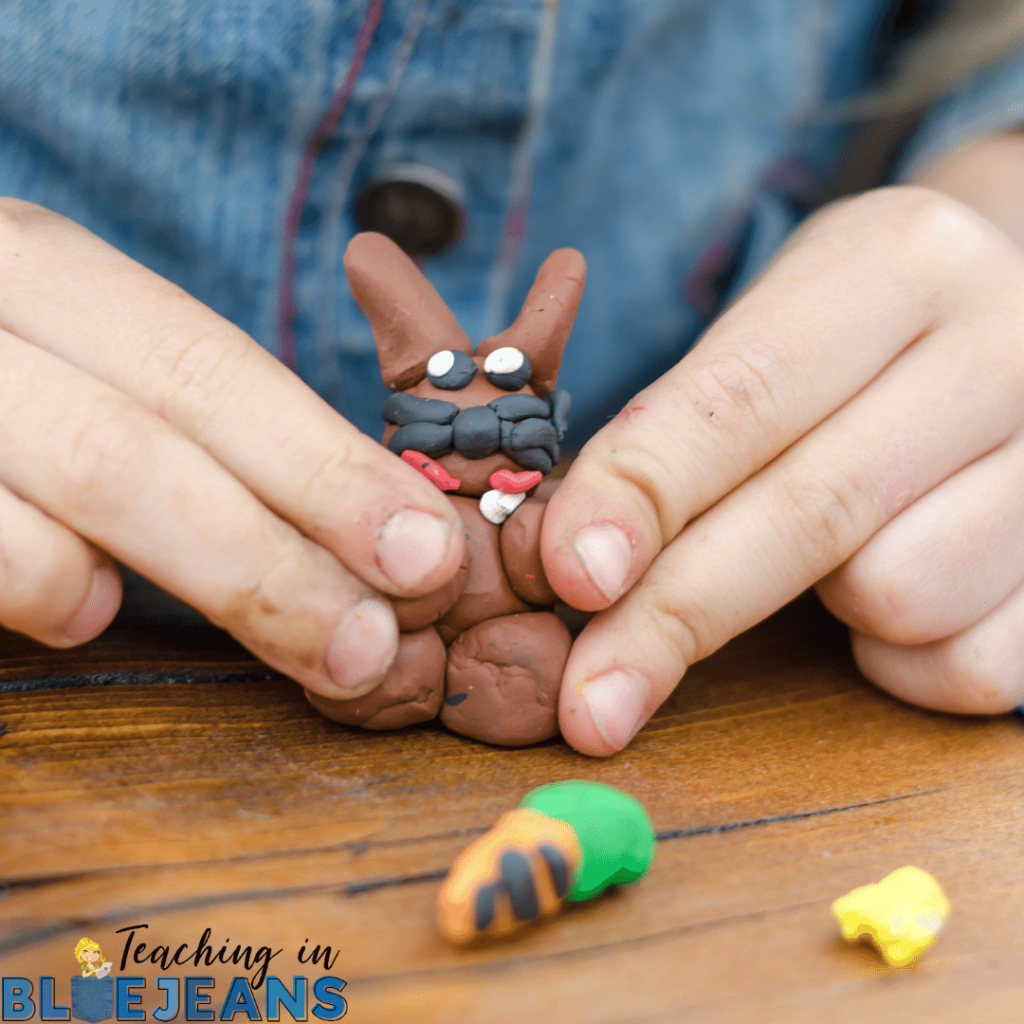
On the first day of school, no matter the grade level I was teaching, students were always greeted with a small tub of play dough on their desk. There’s something about that familiar substance that just helps to ease the nerves and get students involved. I always ask students to build something they like. It can be anything . . . an animal, a food, a person, a movie. Anything they like can be built of play dough. Then we meet in a circle on the floor and take a few minutes to tell our name and show our play dough creation and explain it. Notice I said “our” there, yep – I made a play dough creation too! Not only did it help ease everyone into the first day of school but its a fun way to learn about people too!
Guess Who?
On Friday of the first week of school, I send this “assignment” home with students (along with a small paper bag) and ask them to return it on Monday. Students bring the paper bag filled with 3-5 items that represent them. I make sure to stress that they do not write their name on the bag.
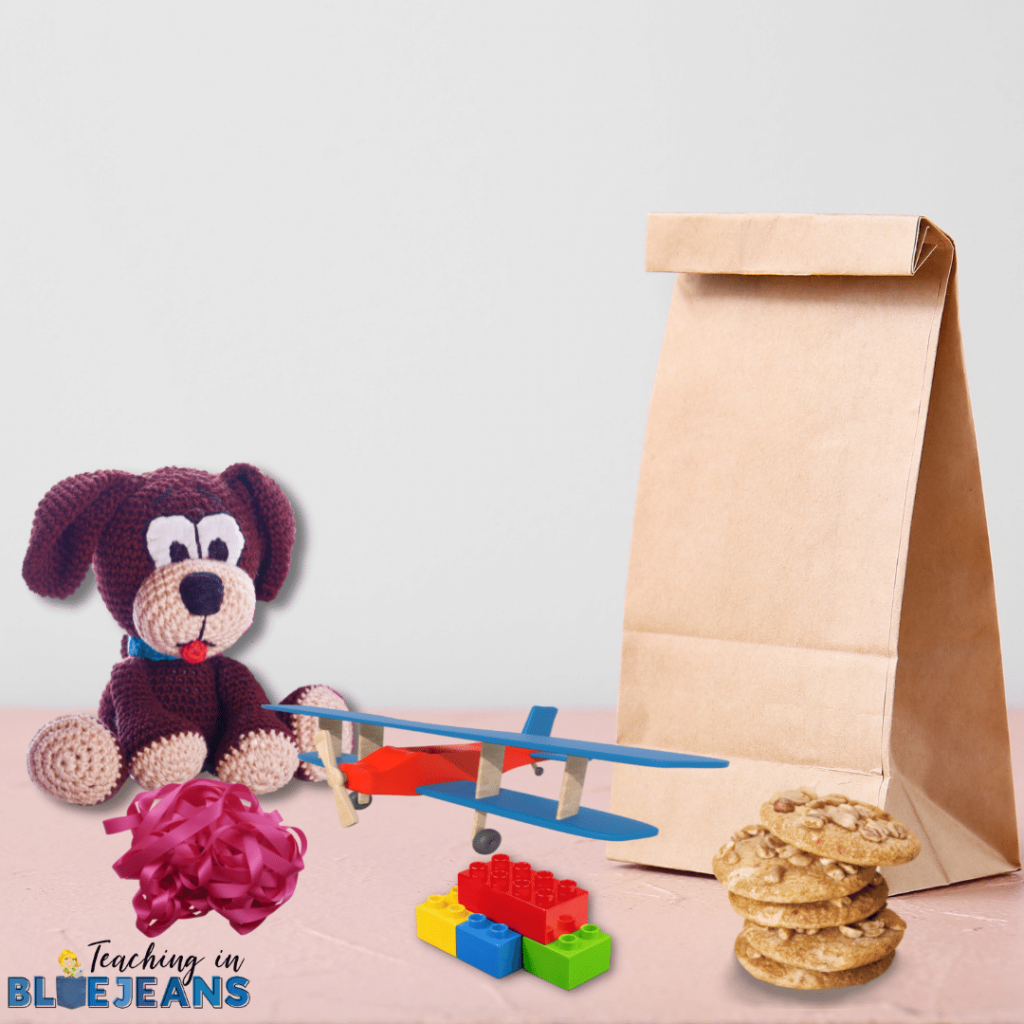
During the second week of school, after we’ve had a chance to do some basic get-to-know-you activities we go through a few bags each day. I open each bag with a lot of suspense and slowly pull out the different objects. Then I ask the question “Who do you think this bag belongs to?” I let a few students share their guesses and then have the person stand up. They get to tell the class why they chose the things in their bag. It’s almost like a mysterious show and tell and the students love it!
This or That
I’m sure you’ve seen social media posts that ask you a simple question: this or that? Take that same idea into the classroom and help your students see all the things they have in common with their new classmates. You will call out two related things and students must choose which they like more. I like to have students move to two different sides of the classroom for this activity because it adds a little movement into our day and makes a great brain break too!
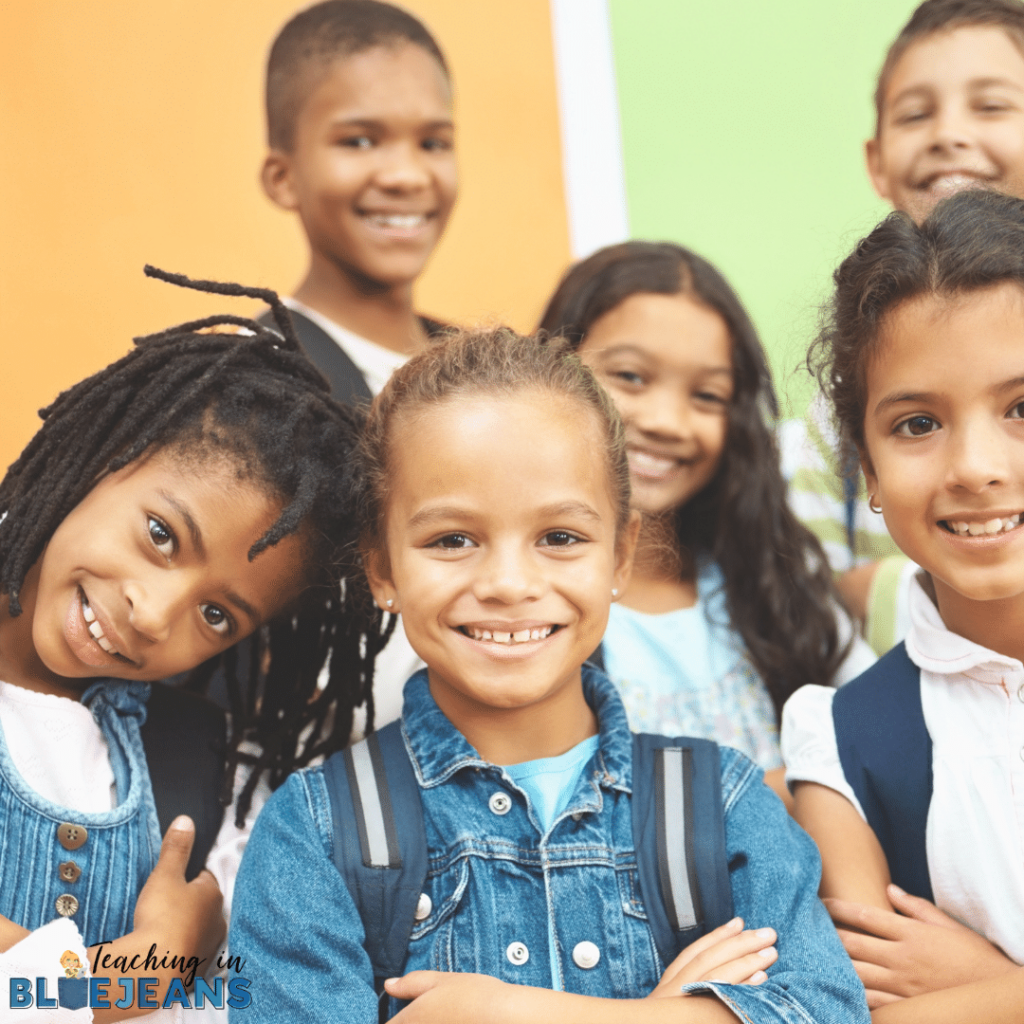
Here’s some this or that ideas to get your started: chocolate or vanilla, cookies or cake, football or basketball, red or blue, dogs or cats, juice or water, broccoli or carrots, pizza or hamburgers, book or movie. As you can see there’s so many different things you can ask about. You can take a few minutes to come up with a list of ideas, or just think of them as you play. Your students will love connecting with their new friends and you will get to know a lot about your students too!
#3 Go Beyond the Surface to Build Classroom Communities
To get to know someone, you must move past those surface level introductions. In the classroom this can be a hard thing to do in a short amount of time. However, these Back to School Would You Rather Writing Prompts can help you do just that!
Using a variety of serious and funny “would you rather” questions, students start to share more and more about themselves. this really help you to get to know your kids on another level.
Students love to answer prompts like “Would your rather have PE or art everyday?” or “Would you rather your teacher have super hearing or super eyesight?” There’s something about the not-so-serious, slightly off the wall questions that really gets kids to open up!
These are great to use for morning work, center activities, or even as a whole group brain break activity. There’s a set designed for Back to School and then seasonal sets you can use all year long!
#4 Create Class Rules & Expectations Together
This is so simple, but has such a huge impact. I usually create our rules and expectations on the 2nd day of school. We have a class brainstorming session and discuss how we would like our classroom to run. Everyone has a part in the discussion.
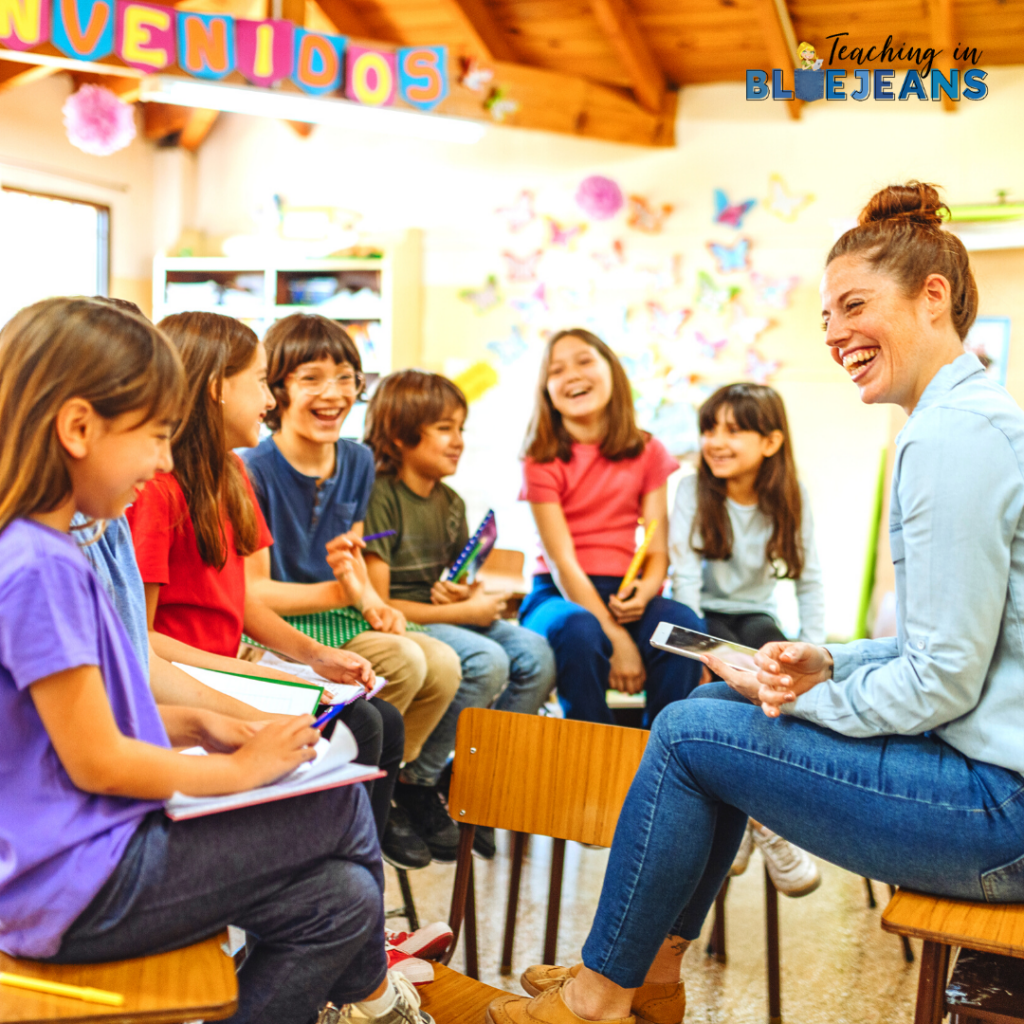
This allows them to feel comfortable with our community and feel like their voices have been heard. While it would be easy to have a million things on our list, we take the time to group them together into broad categories. Then we talk about how the broad category, for example, Be Kind, is our class expectation and all of the other things we thought of are examples of how we can do that. This helps us finalize our list with a manageable number of class rules, expectations or goals.
After we have nailed down our rules and expectations, write them on a large sheet of paper and we all sign them. This becomes our first piece to collaborative work that is hung in the classroom. Being part of this process really helps students remember the final rules and also take ownership of the class and how it functions.
#5 Find Reasons to Celebrate
Celebrations are always a great way to bring people together and form lasting relationships. Student birthdays are the perfect classroom celebration to help build community. I love to make a big deal out of them on their special day.
The Happy Birthday Book is a great addition to our celebrations. What I love most about this is that I can connect it to our daily writing time and not feel like I’m giving up an academic focus to build community. I like to use it as a whole group writing assignment, but you can easily add it to any part of your day.
Each student will write and illustrate a page on why the birthday student is special, a favorite memory, or a gift they would like to give. There are a variety of writing prompt pages available. You can use the same one or mix and match. The birthday child gets to color the book cover while the rest of the students are working on the pages.
Before the end of the day I gather everything together and put it into book form. Then before dismissal time we make a big deal, a really big deal, about presenting our class birthday gift to the birthday boy or girl. Students and parents absolutely love this activity and keep it for years to come.
And . . . you don’t have to use the book just for students. One of my favorite books is one my kindergarten class made for the principal.
#6 Monthly Class Challenge

This is so much fun! Each month I come up with a new challenge or goal for my class to work towards. There’s something powerful about working together to meet a goal. The goal I choose is always something that can’t be met without everyone (or almost everyone) doing their part. It may be something like 100% homework completion, read a total of 10,000 minutes, or master a set of addition facts. At the beginning of the year the goals are geared towards community building, but as the year goes on I weave in academic goals or things the students need to work on.
We track our progress together along the way. The visual really helps to keep my kiddos excited about their goal. At the end of the month, the class is given a reward for meeting their goal. They love simple things like bringing a snack to class or taking their shoes off for the day.
#7 Common Experiences Build Community
Another great way to build community is start doing things together. Having common experiences is a great way to be part of something bigger. This can be anything from a class read aloud to a class secret handshake or greeting. Making this something special with your class builds that feeling that they are part of something bigger than themselves. They are part of the class.

One of my favorite things to do is a special class greeting. As a class we come up with an easy to remember secret handshake or greeting. We can use this when we see each other in the hallway, as we enter the classroom or even at the grocery store!
Another experience that builds community is a field trip. As a class you have the opportunity to experience something together. As you talk about and refer back to those common experiences you had together, you share something that other people don’t have. Use those common experiences to build the connection between your students.
Be Intentional About Building Community in the Classrom
As you plan your activities for the first weeks of the year, and beyond, be intentional about choosing activities that help build community in the classroom. A community of people that trust, support, encourage and care for one another doesn’t just happen. But with a little planning this can be the community in your classroom. I am so excited for the amazing bond you and your kiddos will form this school year.
Save These Ideas for Building Community in the Classroom
Be sure to save this post to your favorite Back to School Pinterest board so can quickly come back when you need new ideas for building a classroom community.

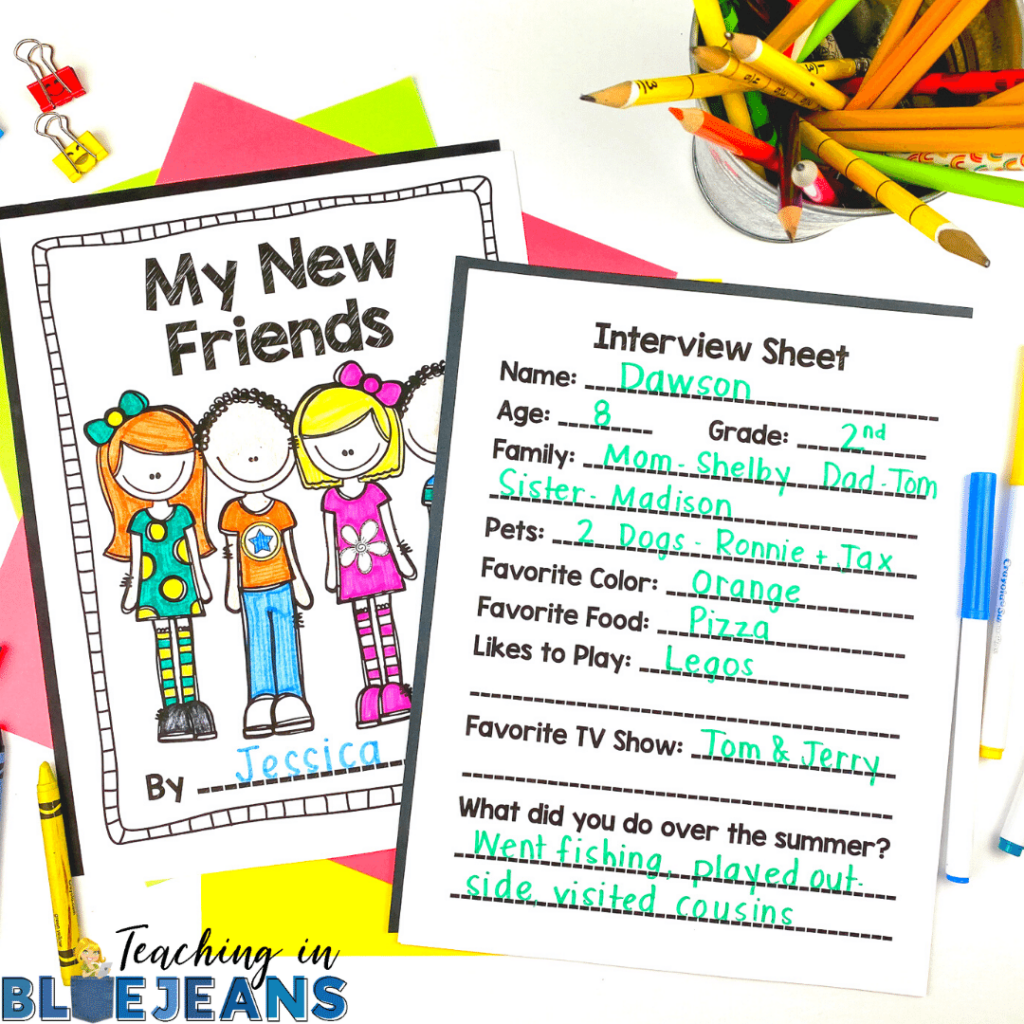
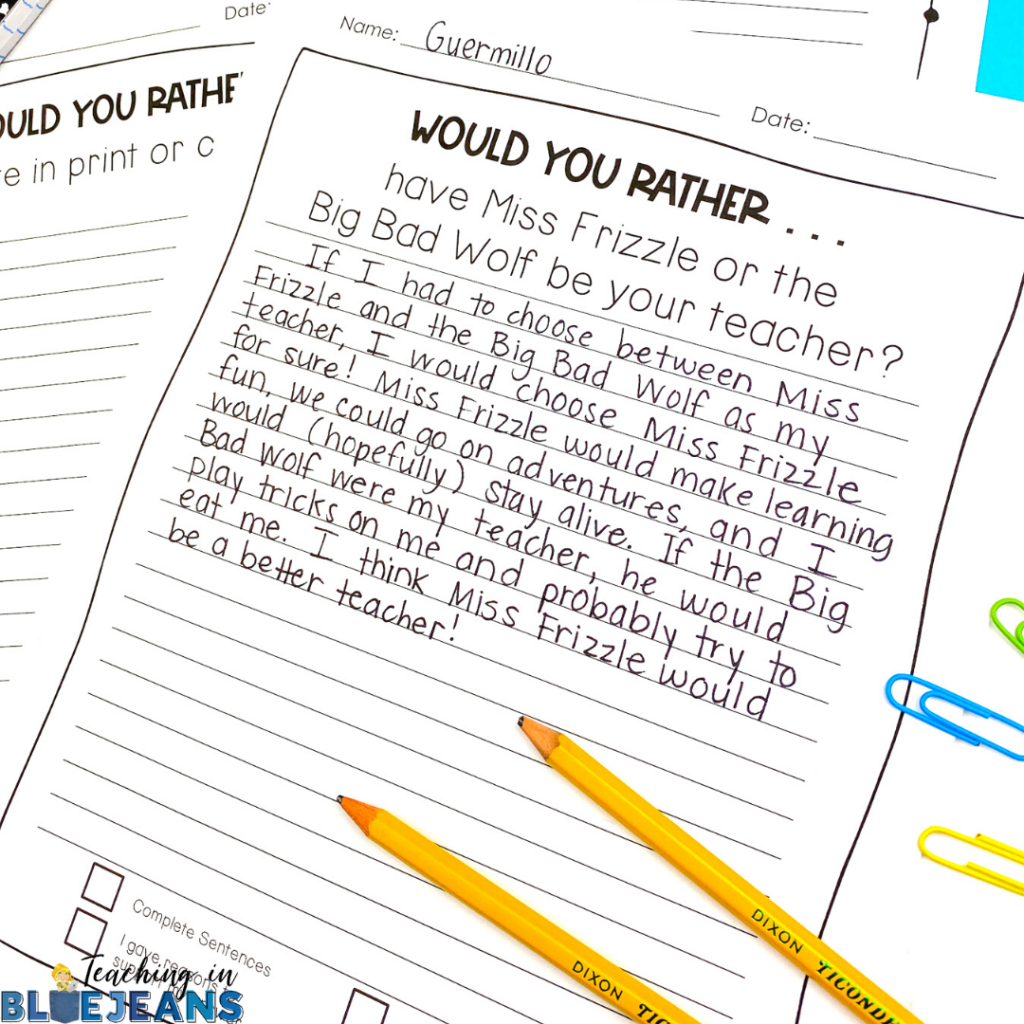
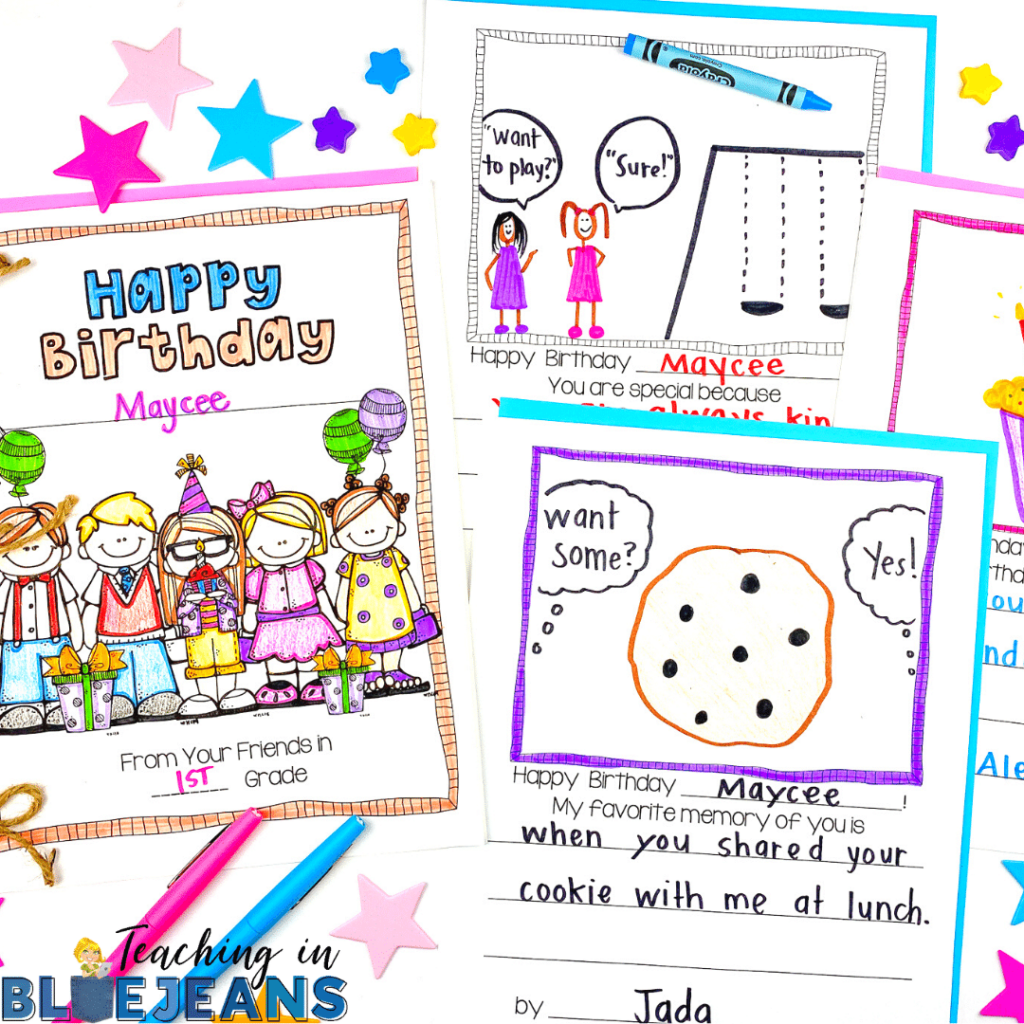

Leave a Reply